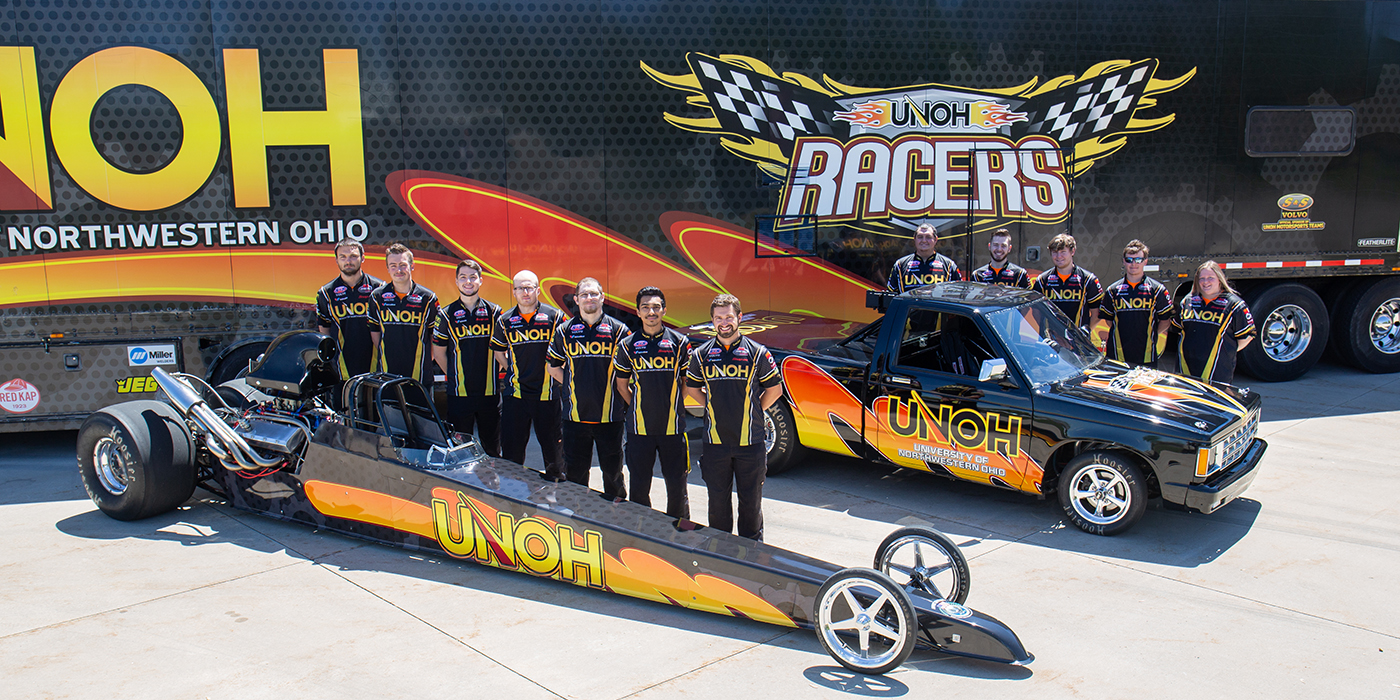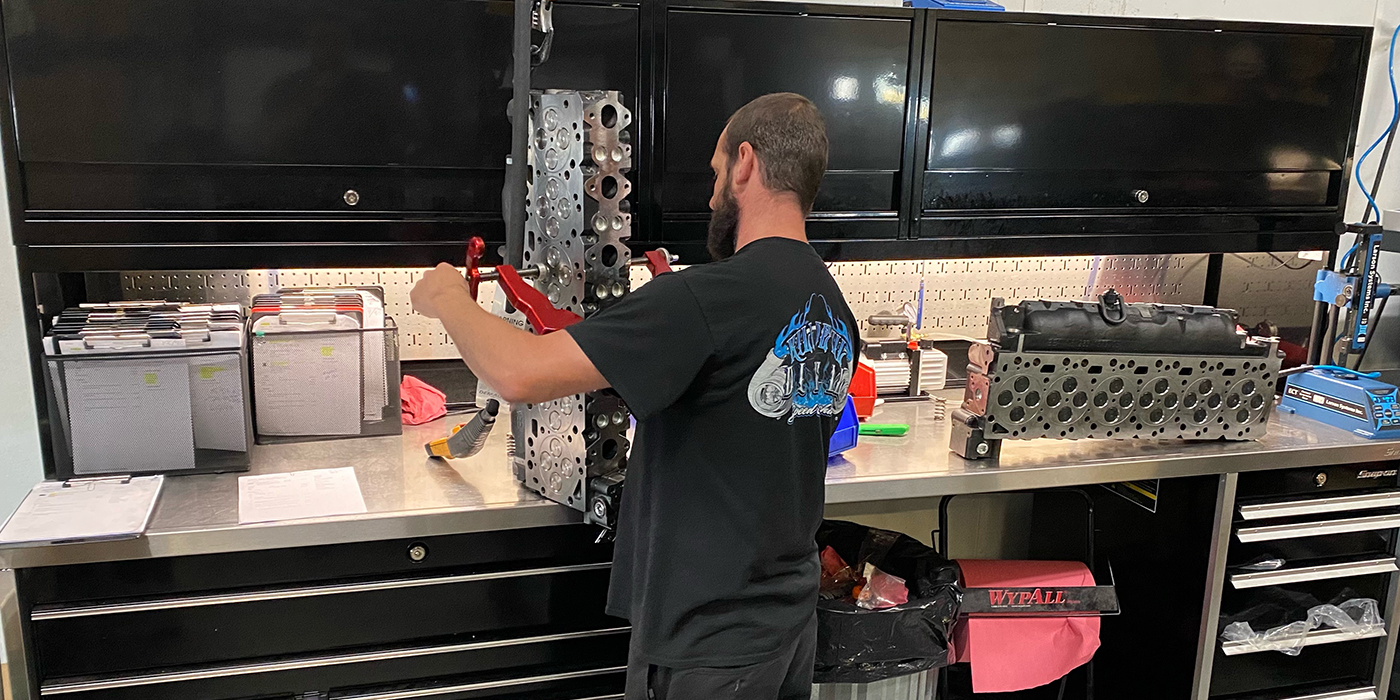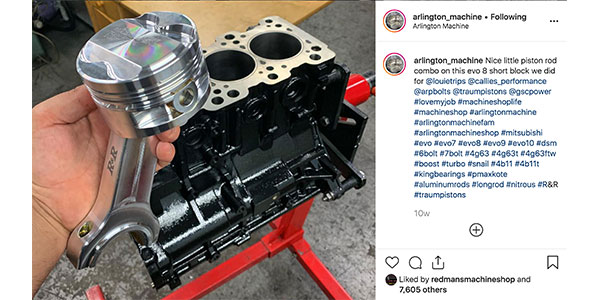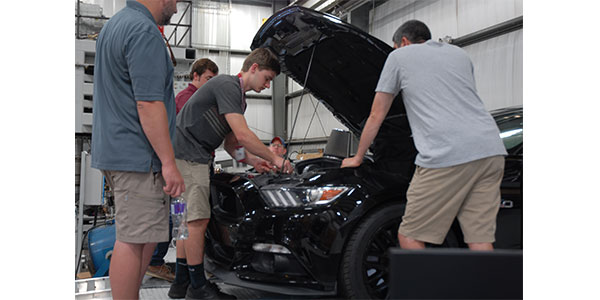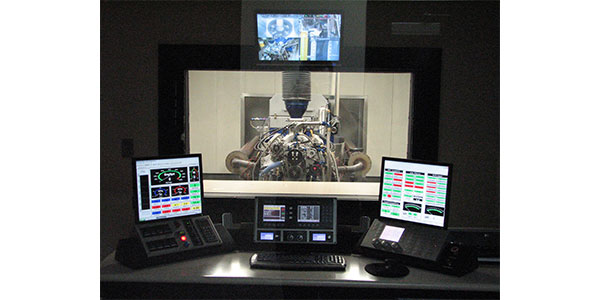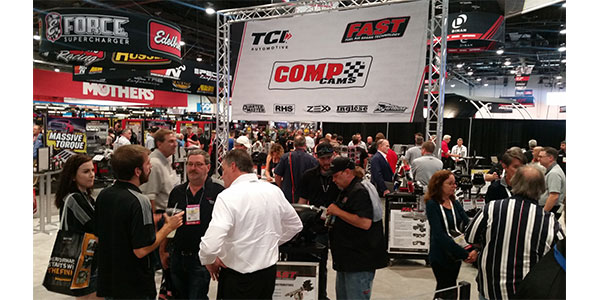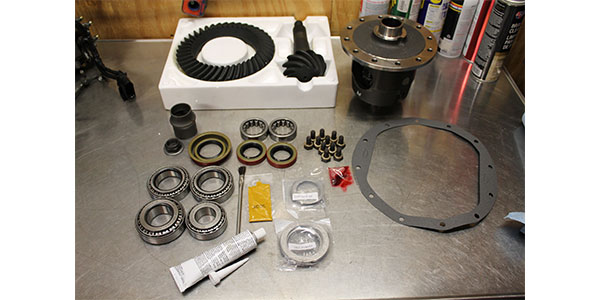The heater burned the waste
oil that accumulated from oil changes and other jobs to
produce heat for the shop. It was a great way of getting around the high
costs of natural gas used in conventional heaters, plus it got rid of
all the used oil that the shop produced.
So, if your shop creates waste oil from oil changes or other repairs,
and you don’t already own a waste oil burner, better think twice. I’ve
turned off our natural gas supply and saved thousands of dollars since
installing two burners, one for each end of my 6,000-square-foot shop,
two years ago.
When we looked at the numbers, it only made sense to invest in these
heaters as a way to cut down on our heating costs, which can be sizeable
here in the Chicago area.
We wrote a small article at that point (For Engine Builder sister publication, ImportCar) and this is my update on how things have gone. The heat is clean and smells fine, and the burner burns the oil at such a
high temperature that there are very little pollutants going out the
exhaust stack.
The one down side of these burners, though, is having tanks to store the waste oil all summer to burn in the winter. My shop has four 200-gallon tanks outside behind my building that we
fill all summer long, and then transfer that oil to our oil burner tank
in the winter when we’re ready to burn it.
The cost of those used tanks for storage was $125 apiece and the cost of
an oil transfer pump was $450, including the hose that we installed to
go through the wall for ease of oil transfer.
Oil Reserves
Between the stored oil and the oil we collected during the summer, we
had enough to run the burners all winter, and being near Chicago I don’t
need to tell you what a relief that was with the nasty winters we get
here.
The burners themselves can be a little temperamental and I’ve found
through experience that you can keep them running well and your costs
down by having only one or two main guys who are familiar with how they
work to repair them.
Make sure if you’re purchasing a new waste oil heater to ask if tech
support is available. I have an 800 number from the company I purchased
my heater from, and the tech support people are on the ball and know
how to help you get things running when it’s down.
Diagnostic procedures are something you will learn quickly. Is it an oil
delivery issue from a pump, or a clogged filter? Or, is it an
electrical issue? We’ve found that keeping filters and injection
nozzles in stock help with getting the heater back on fast.
When they don’t work, your employees will start complaining quickly. I keep a
torpedo heater around with kerosene, just in case of a major breakdown.
So far, we haven’t had to turn our natural gas supply back on at all.
Knock on wood; waste oil burners still get a big “thumbs up” from
Stephens Automotive.
Joe Stephens is the owner of Stephens Automotive in Palatine, IL. In
business for 16 years, Stephens runs a large fleet repair service at his
6,000-sq.-ft. shop. He will always make time to talk with a fellow shop
owner and can be contacted at [email protected].


